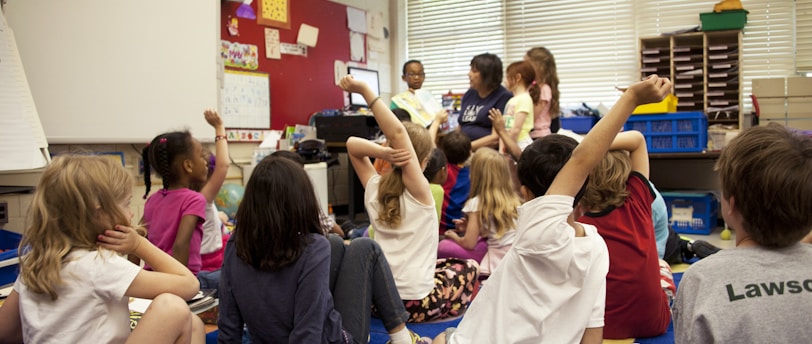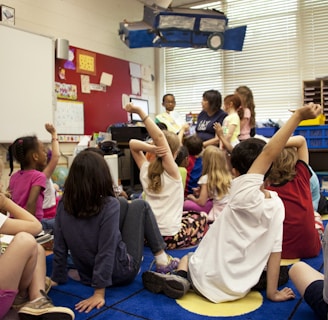Supporting Dyspraxia in School
Dyspraxia support in UK schools - Adjustments to help students.
EDUCATION
MJ Blake
10/21/20232 min read


Dyspraxia, also known as Developmental Coordination Disorder (DCD), is a neurological condition that affects a person's ability to plan and coordinate movements. It can impact various aspects of a student's life, including their academic performance and social interactions. As educators, it is crucial to provide appropriate support and adjustments to help students with dyspraxia thrive in the school environment.
1. Awareness and Understanding
The first step in supporting students with dyspraxia is to raise awareness and understanding among teachers, staff, and fellow students. Providing training and information sessions can help create a more inclusive and supportive school community.
Teachers should be familiar with the signs and symptoms of dyspraxia, as well as the challenges that students with dyspraxia may face in the classroom.
2. Individualized Education Plans (IEPs)
Individualized Education Plans (IEPs) are essential for students with dyspraxia. These plans outline specific adjustments and accommodations that can be made to support the student's learning needs.
IEPs may include:
Extra time for completing tasks and exams
Use of assistive technology, such as speech-to-text software
Visual aids and organizers to help with planning and organization
Alternative methods for demonstrating knowledge, such as oral presentations
3. Sensory Support
Many students with dyspraxia have sensory processing difficulties, which can affect their ability to concentrate and engage in learning activities. Providing sensory support in the classroom can greatly benefit these students.
Some adjustments to consider include:
Creating a calm and organized learning environment
Using noise-cancelling headphones or providing quiet spaces for students to work
Allowing the use of fidget tools or sensory breaks
4. Motor Skills Development
Motor skills development is a key area of focus for students with dyspraxia. Incorporating activities that promote fine and gross motor skills can help improve coordination and physical abilities.
Physical education classes can be modified to accommodate the needs of students with dyspraxia, with an emphasis on skill-building and individualized instruction.
5. Social and Emotional Support
Students with dyspraxia may face challenges in social interactions and self-esteem. It is important to provide social and emotional support to help them navigate these difficulties.
Implementing strategies such as peer mentoring, social skills groups, and regular check-ins with a school counselor can provide students with a supportive network and help them develop coping mechanisms.
Conclusion
Supporting students with dyspraxia in UK schools requires a multi-faceted approach. By raising awareness, creating individualized education plans, providing sensory support, promoting motor skills development, and offering social and emotional support, educators can make a significant difference in the lives of these students.
It is crucial for schools to prioritize the inclusion and well-being of students with dyspraxia, ensuring they have equal access to education and opportunities to succeed.
Contact
Email: contact@beyondlabelreads.com
Socials
WhatsApp: 07840005489
